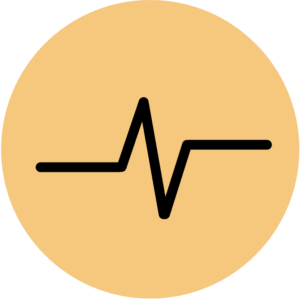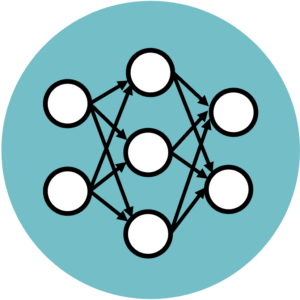
Furui Lab
Intelligent Biosignal Informatics Lab
Informatics and Data Science Program, Graduate School of Advanced Science and Engineering, Hiroshima University
About
Human’s thoughts and actions are realized through the workings of the nervous system centered on the brain. For example, when we move our bodies, motor commands from the brain are transmitted to our skeletal muscles through nerves, and the muscles then contract to execute the commands. During this process, the brain generates electrical signals called electroencephalograms (EEG), and the muscles generate electrical signals called electromyogram (EMG). Such electrical signals emitted from the human body are called biosignals, and their characteristics change depending on our cognition, thoughts, and actions. Therefore, if we could analyze bioignals and extract latent properties and information from them, it may lead to a wide range of applications, including not only the elucidation of biological functions but also the early detection of signs of diseases and disorders, and the realization of human-machine interfaces (HMI) that can be operated as the operator desires.
In this laboratory, we analyze and model biological functions from both theoretical and experimental perspectives to uncover the hidden properties of the human body and connect them to a variety of applied technologies. Specifically, we utilize statistical signal processing, probability/statistical theory, and machine learning methods to tackle various research themes, with a focus on humans.

Modeling and Analysis of Biosignals
Analysis techniques based on probability models for understanding and interpreting biosignals

Machine Learning/Deep Learning
Learning and inference considering the nature of biosignals

Human-machine Interface
Connect the developed models and algorithms to real-world applications